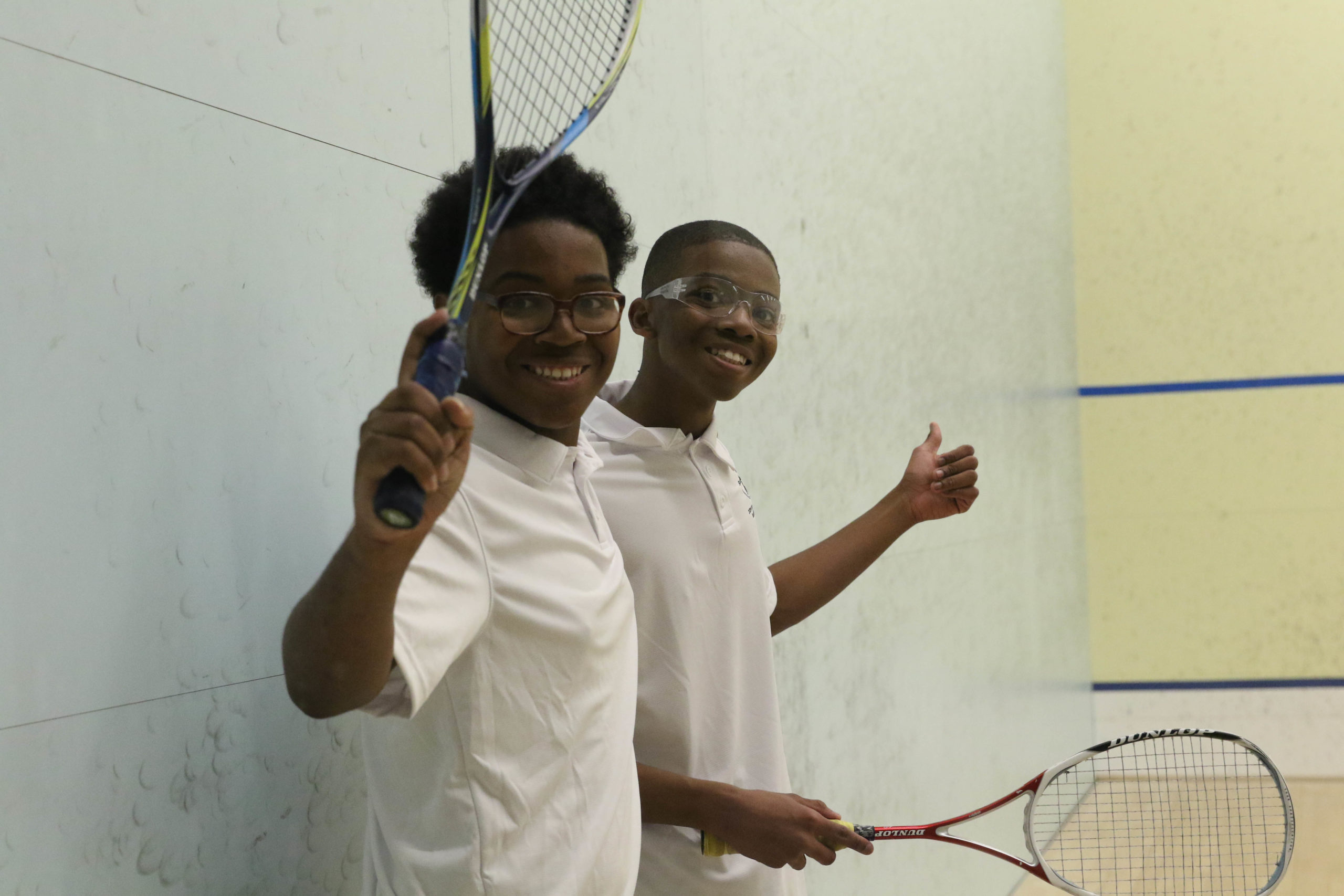The scope of US Squash operations has expanded considerably over the last decade. Strategic long-term investments have yielded a robust end-to-end high-performance development pipeline, a global technology platform (Club Locker), and soon the opening of the Specter Center, the world’s largest training and community squash center.
Planning ahead, the US Squash Board established an Access Task Force in 2019, with an integrated roster of both board and staff members, to examine opportunities to broaden participation in the sport across the country, for all ages, levels of competition and socioeconomic backgrounds. During the June 2019 US Squash Board retreat, members of the Board considered the compelling character of the squash community in the U.S. that led to the sport’s growth at home, and reflected candidly on challenges to sustaining growth looking at lessons from other sports and squash abroad.
What’s the Need?
While squash is still gaining in popularity in the United States, it remains a small sport relative to many. With the core of squash’s court inventory concentrated in the northeast corridor, there are large expanses of the U.S. with limited access to the sport. The cost to participate can be a barrier or require membership to a college, private school or club. Courts are costly, as is the real estate, with many facilities still learning how to profitably optimize programming and market the sport to new players. The geographic fragmentation of court facilities is a serious weakness for a lifetime sport.
Growth at the competitive junior level, while strong, may slow as the varsity college pipeline saturates. There is a large untapped market of youth unable to access squash recreationally – a missed opportunity to develop the future base of players and spectators who can contribute to and enjoy the lifelong benefits of the sport. The Task Force sought to address these challenges amidst the declining participation trends faced by youth sports in general.
In approaching the opportunity to frame a long-term, coordinated initiative, the Task Force shifted to an assets-based analysis to consider the most productive opportunities on which US Squash, as the sport’s national governing body, could make progress with strategic partners. What are squash’s strengths and underutilized assets that can be leveraged toward near-term priorities? What momentum and partnerships can we build on as we assemble resources for sustained investment?
In early 2020, just prior to the disruptive impact wreaked by the global pandemic, the US Squash Board reviewed a strategic framework to improve geographic, socioeconomic, inclusive and convenient access to the sport. This “living framework” enumerates a series of specific goals and strategies for five areas of focus identified by the Task Force, and to be refined by community input:
- Improve Financial Vitality of the Sport
- Empower Human Capital
- Promote Community Engagement and Access
- Steward Lifelong Quality Player Experience
- Resource the Access Initiative
These areas build on squash assets: the quality of the people and community; innovation in facility, court and program concepts; technology; and the sport’s inherent potential for lifelong enjoyment. The final area acknowledges the need for US Squash to expand its organizational capacity, partner and volunteer network, and financial resources to accomplish substantive and inclusive growth.
The Arlen Specter US Squash Center’s dual focus on access and excellence offers exciting opportunities for this initiative, and two near-term priorities were identified at the start of the year:
- Develop the Specter Center as a model of community access, and
- Increase US Squash’s financial resources and network of partners to coordinate strategic, long-term investments.
Despite challenges in these unprecedented times, progress has been made over the past year to further develop a Community Affiliate Partner Network with the Specter Center as an integral network partner, and to provide technical assistance to local leaders in two dozen regions to better understand the community squash facility model and incorporate aspects of it.
US Squash continues its commitment to the development of highest-impact initiatives, with community input and thoughtful consideration to interdependent priorities and limited resources. The totality of this work will set the future course for squash in the decade to come, impacting across all of US Squash’s core pillars of access, community, excellence and sportsmanship. Specific details of the Strategic Framework will be shared in the coming months as US Squash invites the next phase of community engagement in working with us to advance the sport’s goals.
Finally, as part of its review, the Task Force identified the critical need to raise broad awareness for the sport – an important aspect to advance in parallel with this work. US Squash has formed a Marketing & Media Advisory Council in support of this goal, and invites members of the community with experience and interest in this area to contact Dent Wilkens at dent.wilkens@ussquash.org.
US Squash would like to extend our thanks to the members of the Access Planning Task Force which concluded its scoping and planning work earlier this year:
| Task Force Lead (2019-2020) Soo Venkatesan, US Squash Chairman (Vice Chair, 2019-2020) |
|
| Board
Mark Pagon, US Squash Chairman (2016-2020) |
Staff
Kevin Klipstein, President & CEO |












